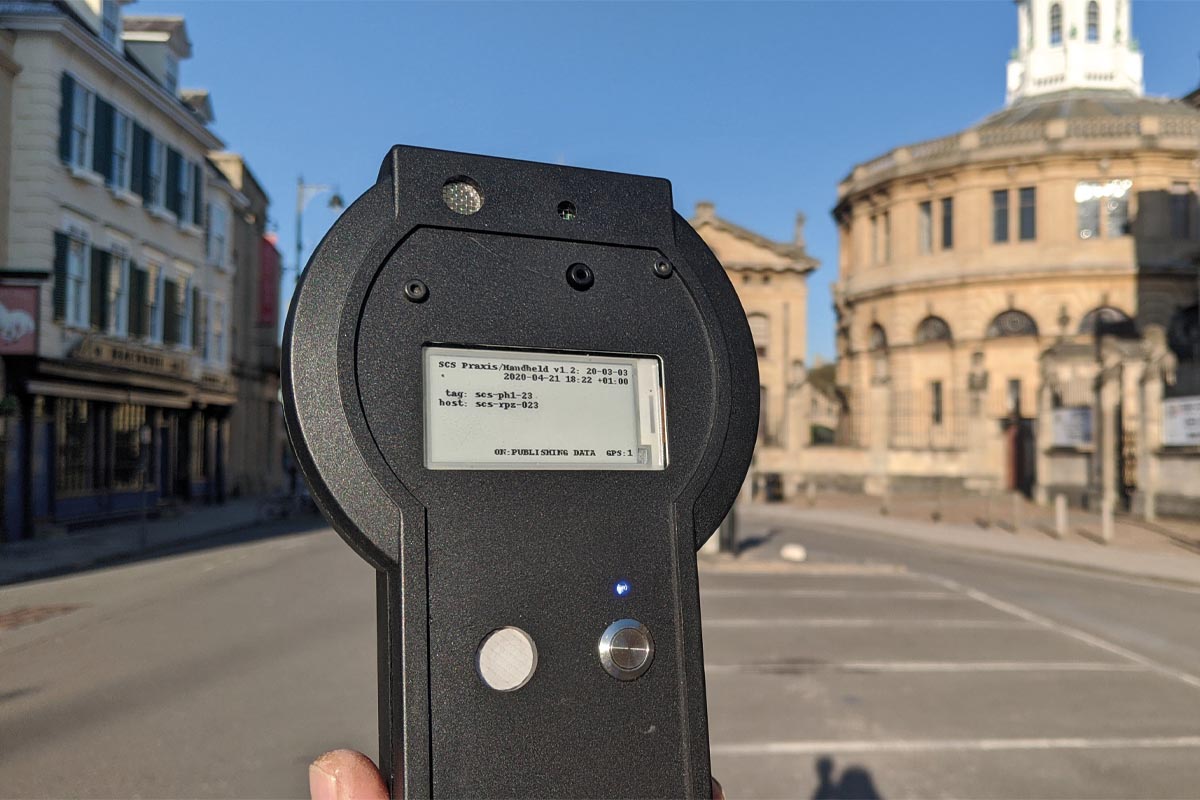A new handheld device from air quality specialist South Coast Science has been used to pinpoint variations in pollution levels across Oxford, data that will inform the development of an air quality strategy for the city

OxAir is a partnership of experts dedicated to monitoring air quality in Oxford. The group wanted to obtain reliable data on pollution at any specific time and location in the city, to help develop an air quality improvement strategy, and to support individuals looking to make travel choices in the city.
After a two-year search, the group selected the Praxis/Handheld air quality monitor, which has been developed for monitoring personal exposure to pollution, and adds spatial and temporal data to air quality readings via an array of built-in sensors.
While many products in this price band are capable of measuring particulates only, the Praxis/Handheld is equipped with an electrochemical NO2 sensor from Alphasense, as well as sensors for temperature and humidity.
OxAir equipped members of the public with the device, which can easily be carried on a backpack. Collected data was transmitted for analysis via available WiFi connections. This collected granular data about background air quality levels and also specific levels of NO2 and particulates in the air at any given time and place across the city.
OxAir’s Jake Backus said: “This is important because human exposure to air pollution is not based on static equipment averages. Typically we are exposed to pollution at its peaks, e.g. while commuting and going to school during rush hour. These peaks often exceed legal standards of air quality, despite recorded averages being within an acceptable range.”






